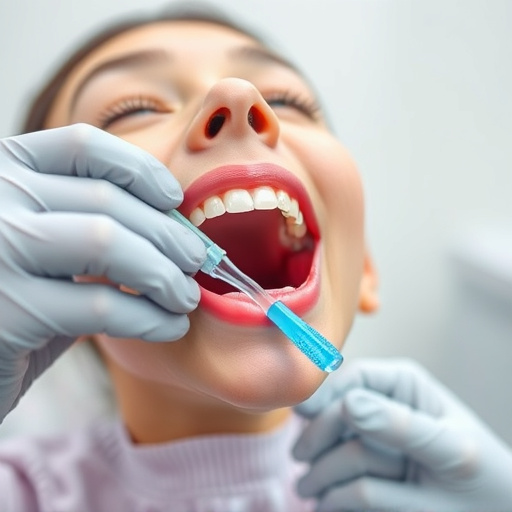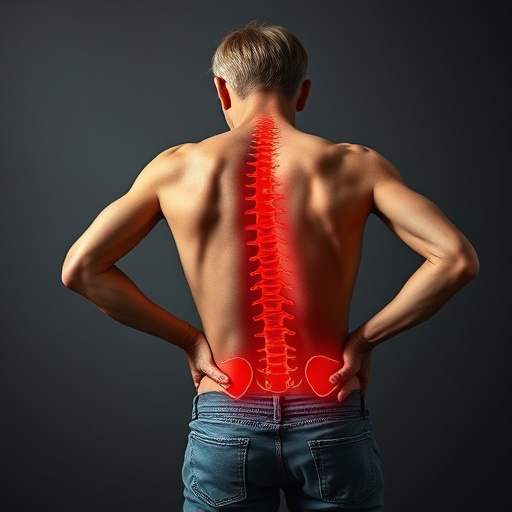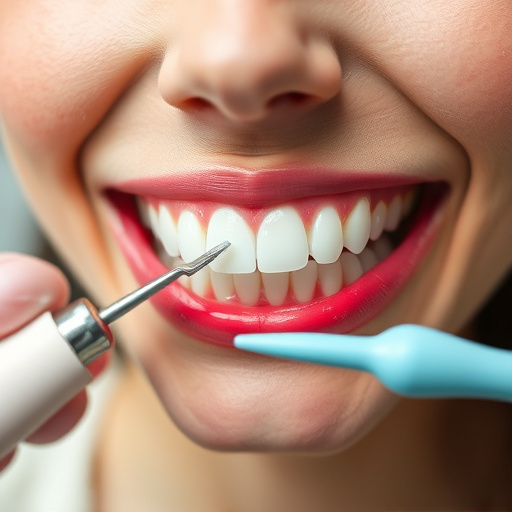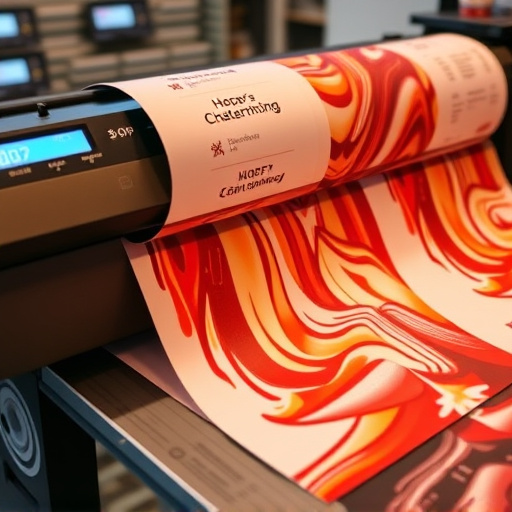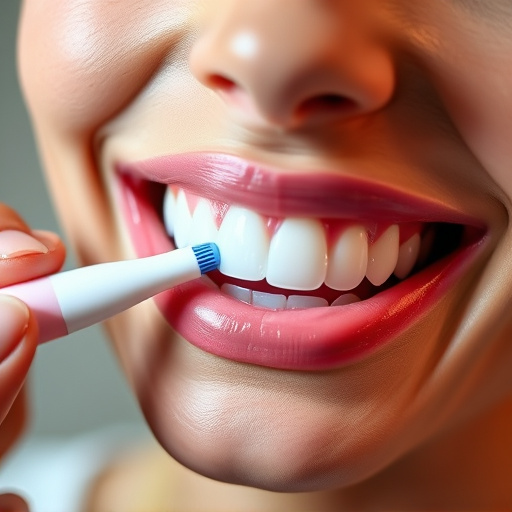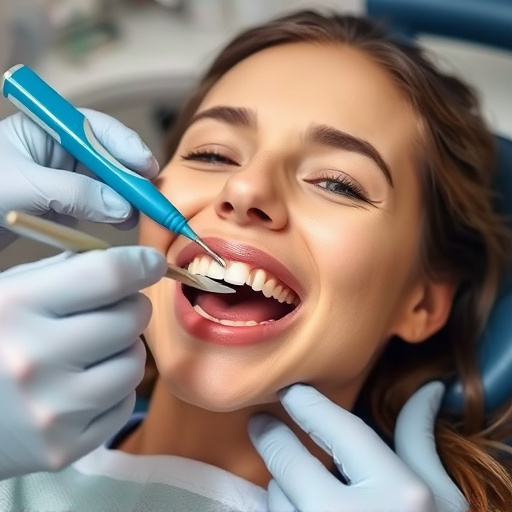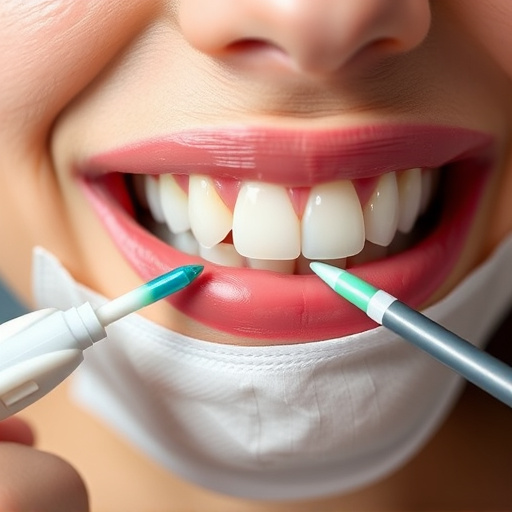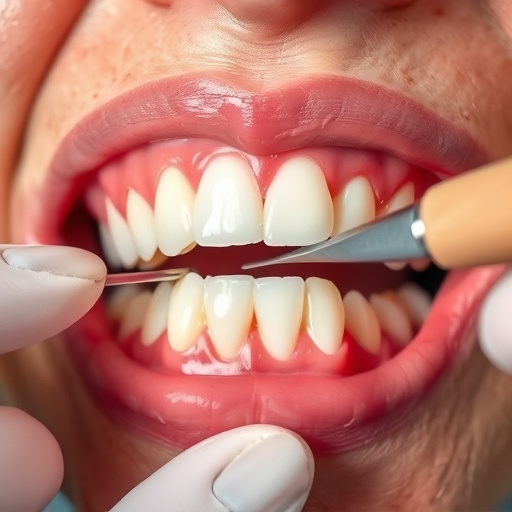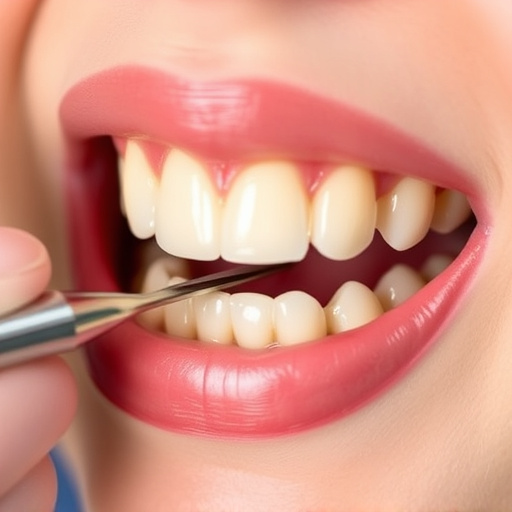Minimally invasive dentistry (MID) is a modern approach prioritizing tooth structure preservation over traditional "drill and fill" methods. Using advanced technologies like clear aligner therapy, dental bonding, and laser dentistry, MID offers faster recovery times, reduced discomfort, and minimal post-operative sensitivity. This method promotes better oral health, enhances aesthetic appeal, and encourages patient satisfaction by preserving natural tooth structure.
In the pursuit of enhanced patient comfort, minimally invasive dentistry (MID) has emerged as a game-changer. This innovative approach prioritizes preserving healthy tooth structure while treating dental issues conservatively. Unlike traditional methods, MID focuses on reducing the impact of procedures on surrounding tissues. The result? Significantly less post-operative sensitivity for patients. This article delves into the world of MID, exploring its benefits and modern techniques that foster a more comfortable dental experience.
- Understanding Minimally Invasive Dental Procedures
- Benefits of Reduced Post-Operative Sensitivity
- Modern Techniques and Patient Comfort
Understanding Minimally Invasive Dental Procedures
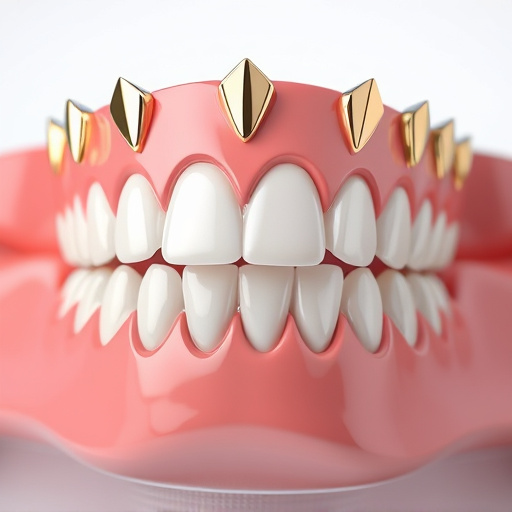
Minimally invasive dentistry (MID) is a revolutionary approach that focuses on preserving as much natural tooth structure as possible during dental procedures. This method goes beyond the traditional “drill and fill” techniques, aiming to provide comprehensive dental care while minimizing discomfort and recovery time. In essence, MID involves using advanced technologies and innovative strategies to access and treat teeth with less destruction, making it a preferred choice for many patients seeking both aesthetic and functional outcomes.
By adopting these practices, dentists can offer restorative dentistry solutions like dental bonding or other conservative treatments, ensuring long-lasting results with reduced post-operative sensitivity. This approach not only benefits patients by causing less pain and distress but also contributes to the overall health of the mouth, promoting better oral hygiene and a more natural smile aesthetic.
Benefits of Reduced Post-Operative Sensitivity
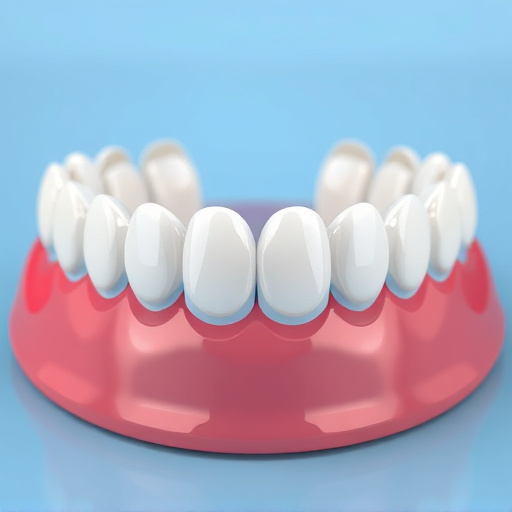
One of the most significant advantages of minimally invasive dentistry is the reduction in post-operative sensitivity for patients. Traditional dental procedures often involve more aggressive techniques and extensive removal of healthy tooth structure, leading to increased discomfort and sensitivity after the treatment. However, with advanced minimal-invasive approaches, dentists can preserve more of the natural tooth while still achieving the desired results.
This preservation minimizes nerve exposure and blood vessel damage, which are primary causes of post-operative sensitivity. As a result, patients experiencing procedures like clear aligner therapy, dental bonding, or cosmetic fillings often report less pain, swelling, and sensitivity compared to conventional dentistry. Such benefits enhance patient satisfaction, encourage adherence to oral health routines, and promote overall well-being without the discomfort typically associated with traditional dental surgeries.
Modern Techniques and Patient Comfort
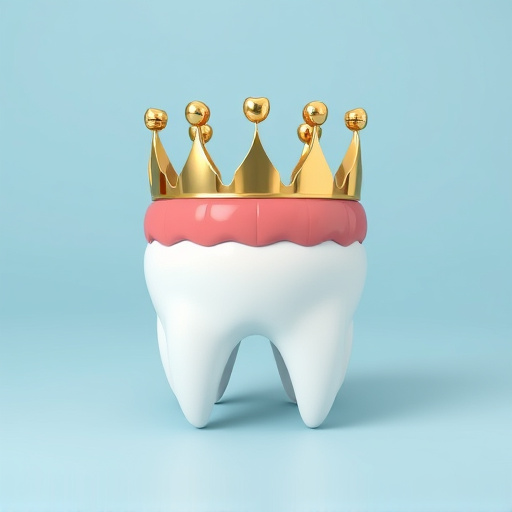
Modern dental techniques have significantly evolved to prioritize patient comfort during and after procedures. One of the most notable advancements is the rise of minimally invasive dentistry, which focuses on preserving healthy tooth structures while treating various oral health issues. This approach not only reduces recovery time but also minimizes post-operative sensitivity, making it a preferred choice for many patients seeking cosmetic dentistry solutions.
By employing advanced tools and techniques, such as laser dentistry and microscopic dental fillings, dentists can perform procedures with greater precision and less disruption to surrounding tissues. These modern methods allow for more effective teeth cleaning and the placement of tiny, yet strong, dental fillings, ensuring both functionality and aesthetic appeal without causing the discomfort traditionally associated with dental work.
Minimally invasive dentistry is revolutionizing oral care by offering more comfortable and efficient treatment options. By employing modern techniques that reduce post-operative sensitivity, dentists can significantly enhance patient experiences. These advancements not only promote faster healing but also ensure patients can maintain their oral health with less discomfort, fostering a brighter and healthier smile.


